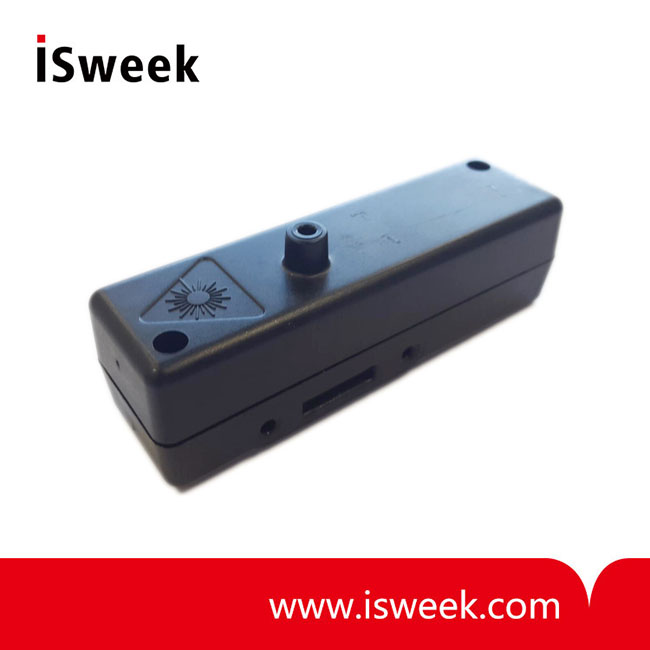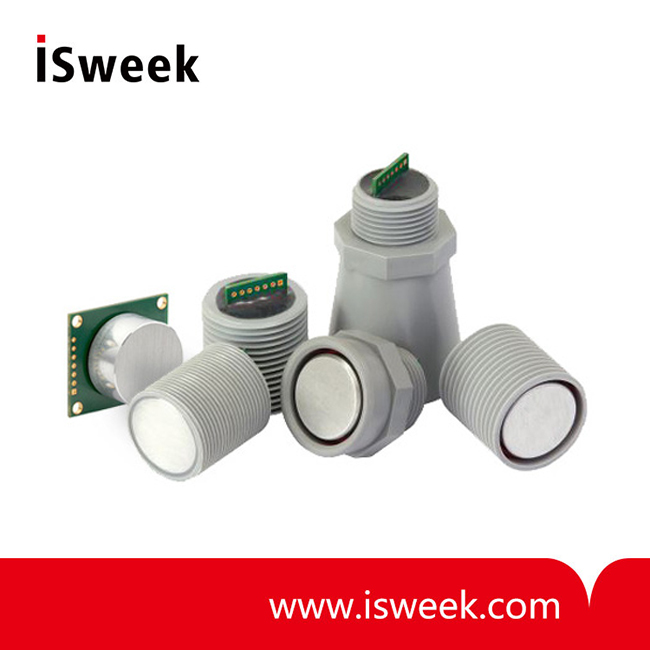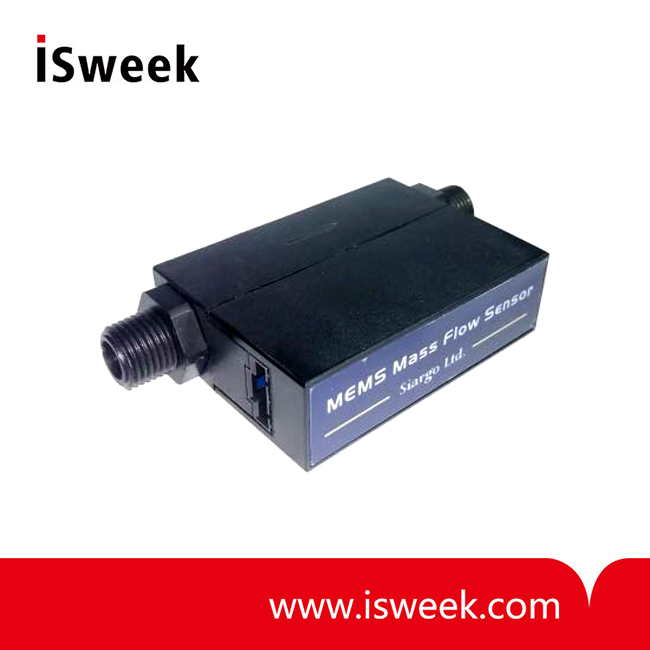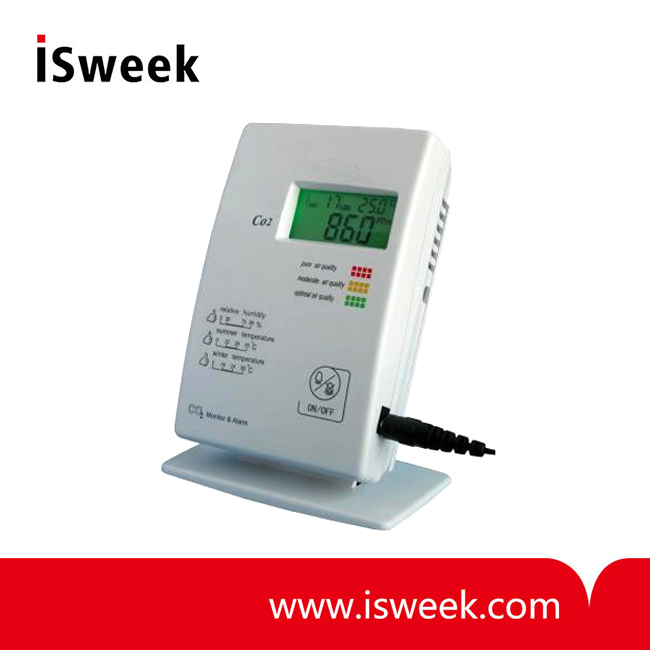Oxygen significantly influences the activity of fermenting microorganisms. These microorganisms are categorized into five types based on their relationship with oxygen: obligate aerobes, facultative anaerobes, microaerophiles, aerotolerant anaerobes, and obligate anaerobes.
In the production of Baijiu (Chinese liquor), three main types of microorganisms drive the fermentation process: molds, yeasts, and bacteria. Some are obligate aerobes, while others are facultative anaerobes. For instance, yeast is a facultative anaerobe, meaning it can survive with or without oxygen, all other conditions being equal.
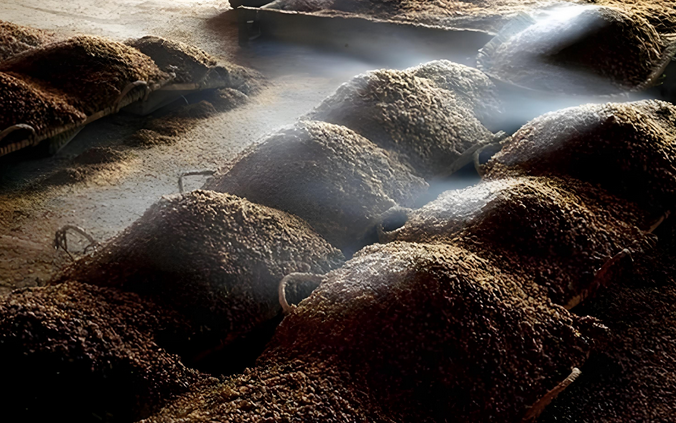
The Critical Role of Oxygen in Wine Fermentation
Under aerobic conditions, yeast primarily undergoes aerobic respiration. This process consumes sugar in the presence of oxygen, leading to a significant reduction in alcohol yield and a substantial increase in temperature, which is detrimental to optimal fermentation.
Conversely, when yeast grows and reproduces in anaerobic conditions, it produces a large amount of alcohol. Therefore, alcohol fermentation can only occur effectively in an oxygen-free environment. This underscores the necessity of ensuring a sealed fermentation vessel.
During Baijiu production, molds and their saccharifying enzymes perform the saccharification. Thus, the entire process of saccharification, fermentation, and aroma development requires both aerobic and anaerobic phases.
A symbiotic relationship exists between molds, yeast, and bacteria: the metabolic activity of molds and their enzymes provides sugar as a nutrient for the yeast. In return, yeast consumes the products of mold activity. Simultaneously, molds and acetic acid bacteria consume oxygen within the cellar, creating an anaerobic environment that benefits yeast and other bacteria, thereby promoting alcohol fermentation.
The Challenge: Balancing Oxygen in the Wine Cellar
Consequently, controlling the oxygen content within the wine cellar is paramount. If oxygen levels are too low, saccharification is adversely affected. Traditional methods to manage oxygen in the cellar include mixing materials with rice husks, compacting the fermentation bed according to the season, and sealing the cellar with mud.
Monitoring Solutions: Electrochemical vs. Optical Oxygen Sensor
For monitoring oxygen levels in wine cellars, several methods are available, with electrochemical sensors being a common choice.
Electrochemical Sensor Method
This method operates on an electrochemical principle. When oxygen reacts with the electrode inside the sensor, it generates an electrical current or potential change proportional to the oxygen concentration. Measuring these signals determines the oxygen content.
-
Advantages: Fast response time, high sensitivity, and relatively low cost, enabling real-time monitoring.
-
Disadvantages: Limited sensor lifespan, requiring regular replacement. They are also susceptible to interference from other gases.
Optical Oxygen Sensor Method: A Superior Alternative
The optical oxygen sensor, based on the principle of fluorescence quenching, is an increasingly effective monitoring solution. These sensors utilize a light source, a photodetector, and a luminescent material that reacts to light. In many fields, optical oxygen sensor technology is replacing traditional electrochemical sensors.
A key advantage of this technology is that it contains no lead components, and the fluorescent dye is not consumed through exposure to oxygen. This makes it ideal for three main measurement tasks: controlling low oxygen levels, maintaining ambient oxygen levels, and preventing oxygen depletion.
Compared to electrochemical sensors, the optical oxygen sensor offers:
-
High selectivity and immunity to interference from other gases.
-
Minimal impact from environmental temperature, humidity, and air pressure.
-
A much longer operational lifespan due to its non-consumptive sensing principle.
Featured Product: LOX-02-F Optical Oxygen Sensor
The LuminOx Optical Oxygen Sensor (LOX-02-F) is a fluorescence-quenching-based sensor that comes factory-calibrated to measure environmental oxygen partial pressure (ppO2).
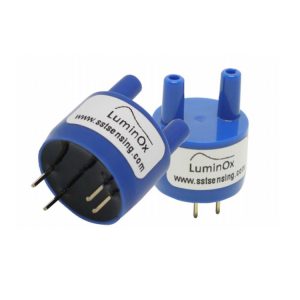
Key Features and Benefits for Wine Cellar Monitoring:
-
Integrated Pressure & Temperature Compensation: The sensor measures oxygen partial pressure and temperature. A built-in pressure sensor allows it to output both oxygen concentration and pressure values, enabling accurate operation across a wide environmental range without needing additional compensation systems.
-
Longevity & Stability: Combining the traditional low-power advantage of electrochemical sensors with a non-consumptive principle, the LOX-02-F has a significantly longer lifespan.
-
Robust and Eco-Friendly: The LuminOx technology is highly stable and environmentally friendly, containing no lead or other toxic materials.
-
Enhanced Evaluation: For optimal detection and evaluation, pair the LOX-02-F sensor with the SST Optical Oxygen Sensor Evaluation Interface Board (LOX-EVB).
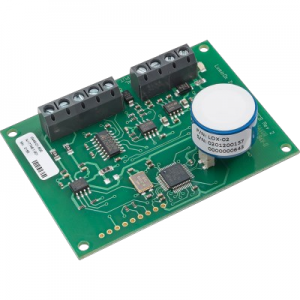
Beyond Oxygen: The Importance of CO2 Monitoring
In addition to oxygen control, maintaining the proper CO2 concentration during fermentation is equally crucial for determining the final quality of Baijiu. Many distilleries place special emphasis on monitoring and managing CO2 levels within the fermentation workshop to ensure a consistent and high-quality product.
For effective CO2 monitoring during this process, we recommend the SprintIR-WF High-Speed Infrared CO2 Sensor from GSS. It is highly responsive, capable of measuring CO2 concentrations up to 100%, and is specifically designed to capture rapid changes in CO2 levels. With features like a low power consumption of 35mW, it is well-suited for applications in metabolic assessment, respirators, and various industrial fields, including brewery quality management.



